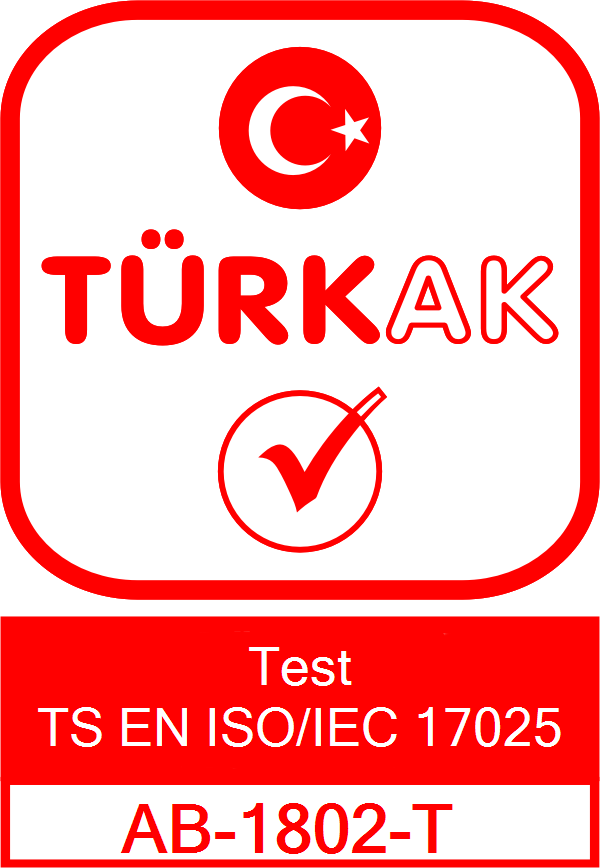
Nickel Release Testing in Accessories and Jewelry: Compliance with European Regulations
Nickel Release Testing in Accessories and Jewelry: Compliance with European Regulations
Contents
A dazzling necklace or stylish ring may look beautiful — but if it causes an allergic reaction on your skin, the culprit is likely nickel. That’s why European regulations strictly limit nickel release in fashion accessories. How can you ensure compliance? Through certified nickel analysis.
Why Is Nickel Problematic?
Nickel is one of the most common contact allergens. Jewelry and accessories that remain in contact with skin (rings, necklaces, watches, etc.) can release nickel ions that trigger redness, itching, or dermatitis.
European Union Nickel Regulations
According to the REACH Regulation:
- Nickel release must not exceed 0.5 µg/cm²/week in items with prolonged skin contact.
- For pierced items (e.g., earrings), the limit is 0.2 µg/cm²/week.
How Is Nickel Analysis Performed?
Nickel determination is conducted by immersing the product in artificial sweat solution and measuring the amount of nickel released. The process includes:
- Exposure of the item to artificial sweat at a controlled temperature
- Measurement of nickel content via ICP-MS or AAS
- Comparison of results with REACH limits
Is Nickel Testing Mandatory?
Yes — for companies exporting to EU countries, nickel testing for accessories is legally required. Even for local markets, it is a mark of product safety and brand reliability.
Which Products Are at Risk?
- Fashion jewelry (necklaces, earrings, bracelets)
- Metal buttons, buckles
- Watch cases, eyeglass frames
- Zippers or metal parts with skin contact
Prevent Trade Issues with Nickel Compliance
Nickel testing is not just a legal formality — it's vital for consumer health and brand trust. With professional nickel analysis, your products meet international safety standards and avoid export restrictions.
Frequently Asked Questions
1. How long does nickel testing take?
Results are typically available within 3–5 business days.
2. Should all metal accessories be tested?
Yes, if they are intended for direct and prolonged skin contact.
3. What if the product fails the test?
You can apply a thicker coating or choose alternative nickel-free materials.
Important Considerations
- The tested sample must represent the final product
- Non-compliance may lead to product rejection in the EU
- Nickel analysis should be conducted by accredited laboratories

